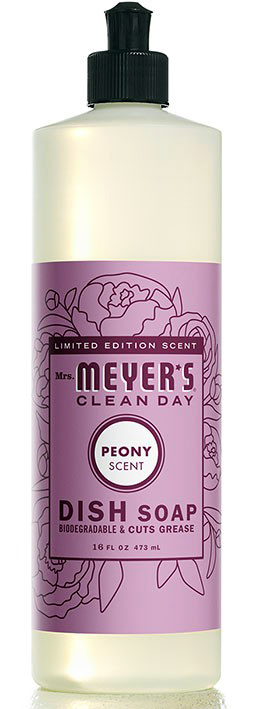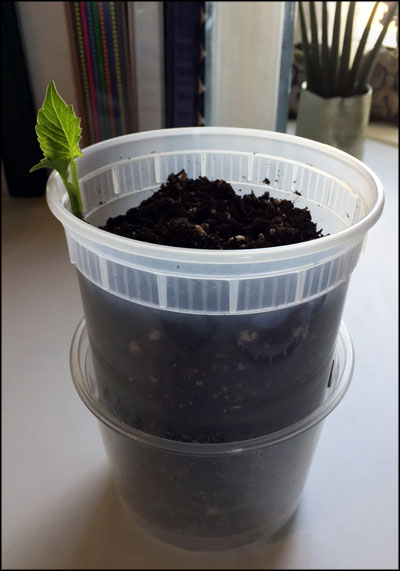
Once upon a time, sunny Fort Myers, Florida, was not just a popular vacation destination, it was also the gladiolus-growing capital of the world, with local farms shipping some 500 million stems a year to florists throughout the US and overseas.
It all started in 1935 when two successive winter freezes in central Florida drove gladiolus growers further south to the Iona area just outside of Fort Myers. Within a decade, 30 growers were cultivating some 2500 acres of glads there.
meyGladiolus at the time were hugely popular. Not only were they showy and easy to grow but their long vase life made them the perfect cut-flower. Every year gladiolus societies across the country displayed thousands of spikes in shows that drew tens of thousands of visitors. (See a 1921 glad show here.)

Harvesting the Fort Myers glads started in November and continued into June. According to one grower’s son, “The glads were cut before they bloomed, so a visit to the gladiolus farm was a view of acres and acres of green stalks with workers walking through the fields and cutting stalks with buds soon to bloom. The goal was for the stalks to bloom in the hands of the florist.”

Bundled and packed in hampers, the glads were shipped by air and then delivered by a patchwork of local truckers, all in an era before UPS and FedEx. Sometimes they traveled in the climate-controlled trucks of Purolater Courier whose main business was delivering celluloid film reels – which could burst into flames if they got too warm – to movie theaters.
Even in the Fort Myers area, growers sometimes needed to protect their crops from frost. At first they burned old tires to create heat and a protective blanket of smoke. (Don’t try that at home!) Later they turned to oil-fired heaters along with crop dusters to circulate the air over the fields.

Nothing lasts forever, though, and by the 1970s most glads sold in the US were being flown in from overseas where both land and labor were cheaper. One by one the Fort Myers growers sold their fields to developers, and by 1980 the area’s reign as the gladiolus capital of the world was just a memory.
To learn more, read the recent article in the Fort Myers News-Press.
To make your yard the gladiolus capital of your neighborhood, order now for spring-planting!




















